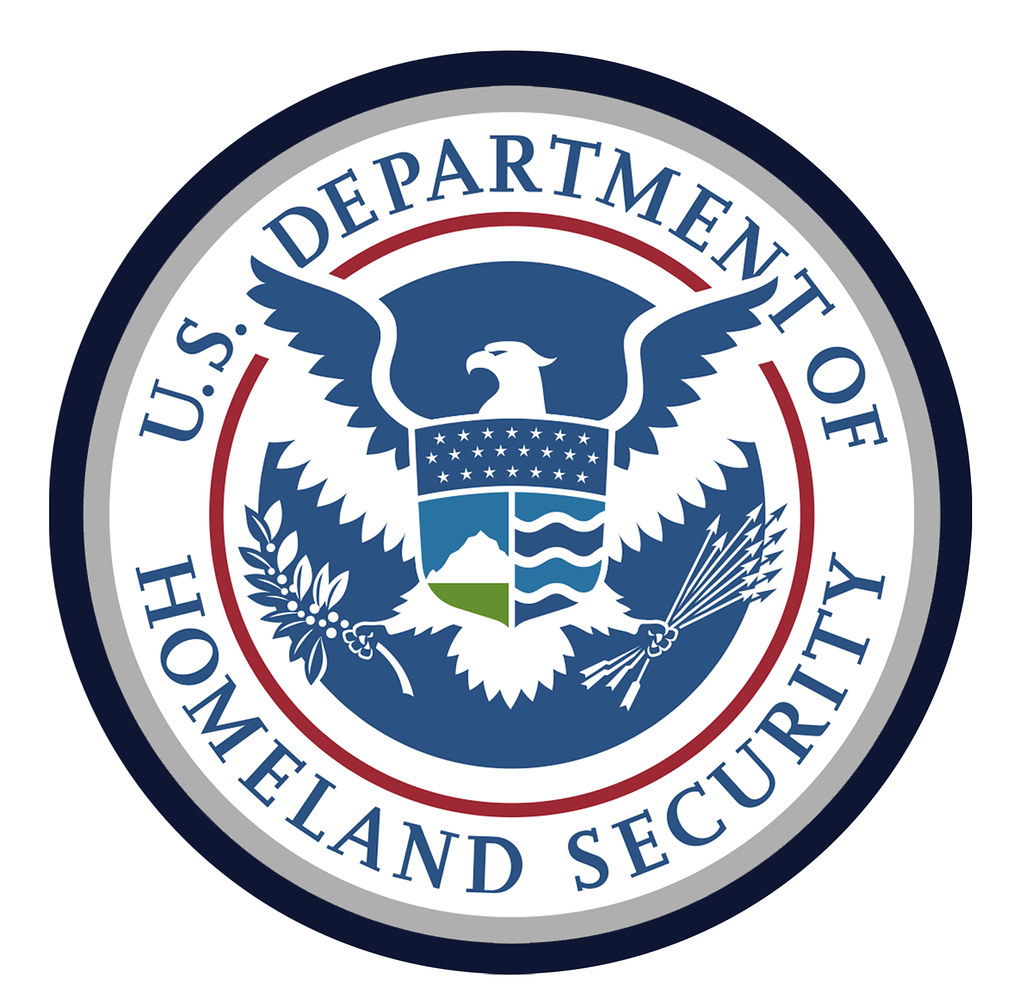Key Takeaways
• A Homeland Security agent fired at an unarmed Black driver during a traffic stop in D.C.
• Police were told to leave out any mention of the shooting from the report.
• A judge later dismissed all charges against the driver, finding no flight attempt.
• Officers testified they were ordered to hide details of the shooting.
• Investigations into the traffic stop and the shooting remain separate and partly secret.
On October 17, D.C. police patrolled Northeast Washington with agents from five federal agencies. They joined under the “Make DC Safe Again initiative.” During the patrol, officers spotted a Dodge SUV with dark tinted windows and no front tag. Philip Brown, 33, drove the vehicle.
An officer believed Brown would flee. So a Department of Homeland Security agent fired shots into the SUV. Fortunately, Brown remained unhurt. The bullets entered through his window, grazed his collar, and hit an empty seat.
What happened during the traffic stop?
First, officers followed the SUV. Then they saw it pull over. They approached the driver. An officer thought Brown would try to drive away. Therefore, another officer opened fire. Brown never moved the car again. He stayed calm and did not resist.
Later, a judge reviewed the case. The judge found no proof Brown tried to escape. As a result, the judge threw out all charges. Brown walked free without any penalties.
Police Ordered a DHS Shooting Cover-Up
A shocking turn came during a court session. Metropolitan Police Department officer Jason Sterling said his superiors ordered him to remove any mention of shots fired. The official report made no reference to bullets or a gun being drawn. In addition, court records did not note that a federal agent had opened fire.
This directive raised alarm. It suggested an attempt to keep the public from learning the whole truth. Legal experts called it a clear example of a DHS shooting cover-up. They warned it might harm trust in law enforcement.
As the case unfolded, many wondered why the report hid such vital facts. Moreover, they asked whether a cover-up could hide more troubling actions.
Legal and Community Reactions
The incident sparked strong reactions. Aaron Reichlin-Melnick, a fellow at the American Immigration Council, slammed the order to omit shooting details. He called it outrageous and dangerous. On social media, he wrote that bullets pierced the driver’s clothing and the empty seat beside him. Then he questioned how such an episode could vanish from official files.
Community leaders demanded answers. They urged full disclosure of every detail. They said hiding the shooting could lead to more distrust and fear. Many felt that the community deserved transparency and accountability.
Some civil rights groups pointed out how federal agents often operate under less scrutiny. They argued this case highlighted the need for clear rules on reporting all use-of-force events. They added that federal and local police must follow the same transparency standards.
The Separate Investigations
After the shooting, D.C. police opened an investigation into the traffic stop. They also launched a probe into the shooting itself. However, records on the shooting investigation remain closed to the public.
Police spokesperson Tom Lynch said the two reviews must stay separate. He noted that one focuses on whether Brown committed a crime. The other looks at whether the agent acted properly. Yet Lynch declined to share details of the shooting probe.
Meanwhile, the community still waits for more information. People want to see body camera footage, dispatch recordings, and any internal notes. They hope these items will show exactly what happened.
Questions Raised About Accountability
This case raises key questions about oversight. First, who watches federal agents during joint patrols? Second, what safeguards exist to prevent cover-ups? Third, how can the public trust investigations when reports hide vital facts?
Experts suggest several changes. They recommend clear rules for combining local and federal police forces. They also call for mandatory public release of all incident reports. Finally, they want independent oversight of these joint operations.
Without such steps, mistrust will grow. Communities may see law enforcement as secretive and unfair. Transparency, experts say, builds confidence and improves safety for everyone.
Why Transparency Matters
Transparency helps the public understand law enforcement actions. It also encourages officers to follow the rules. When agencies hide key details, people question whether justice truly occurs. By contrast, open reporting and clear investigations can show that officers act responsibly.
In this case, hiding the shooting details undermined trust. If reports omit facts, the public may believe officers fear accountability. As a result, that fear can hurt efforts to build stronger police-community relations.
Moving Forward
Authorities must address the gaps this incident exposed. First, they should release all records tied to the shooting. Next, they must review policies on joint patrols and use of force. Then, they need to update training on reporting requirements.
Finally, they should invite community leaders to join oversight councils. This step can help restore faith in the process. It may also lead to policies that protect both citizens and officers during patrols.
Only by confronting mistakes openly can law enforcement rebuild trust. The public deserves to know the full truth of what happened on October 17. Moreover, the agencies involved must show they learn from this ordeal to prevent future cover-ups.
Frequently Asked Questions
What is the Make DC Safe Again initiative?
It is a patrol collaboration between D.C. police and multiple federal agencies. They aim to reduce crime through joint efforts.
Why were the shooting details left out?
Officers testified they were ordered by superiors not to include those facts. The motive behind that order remains under investigation.
What charges did the judge dismiss?
The judge dismissed all charges against Philip Brown, finding no proof he attempted to flee.
How can the public learn more about the investigation?
Community members can request records once they become public. They can also follow updates from D.C. police or attend oversight meetings.

